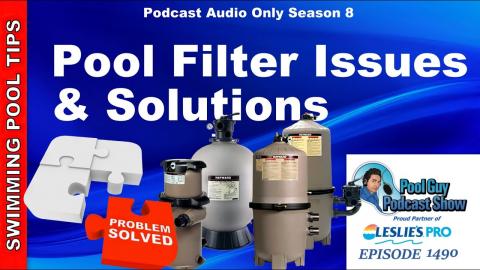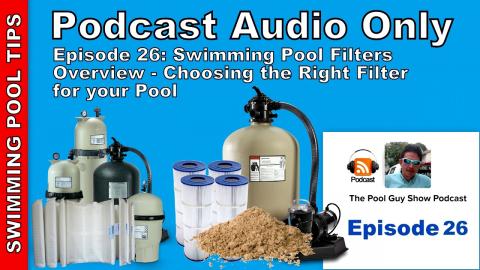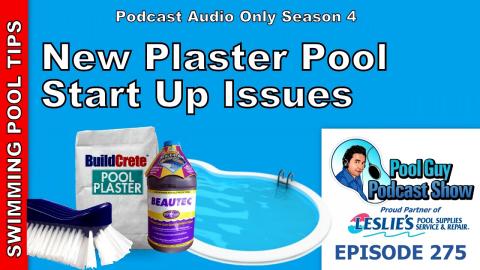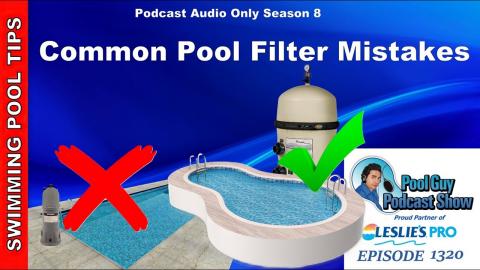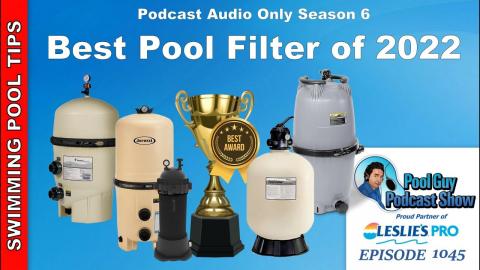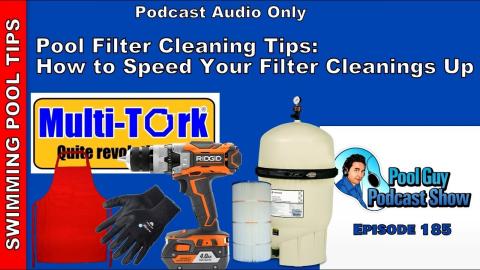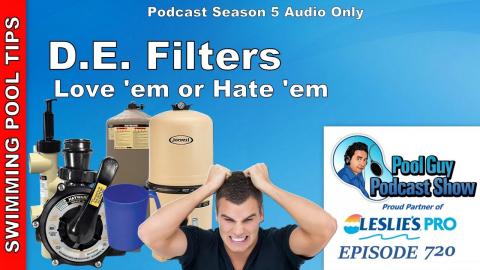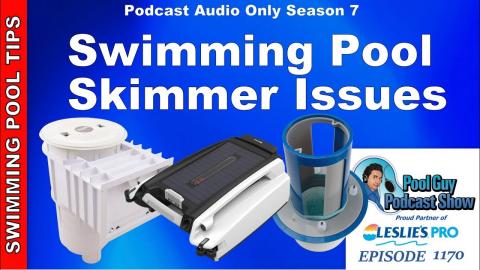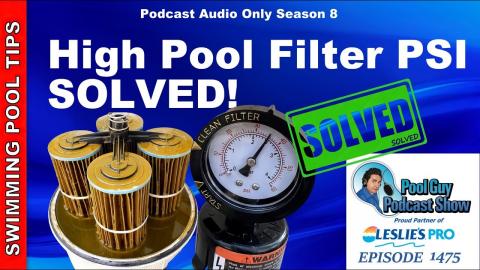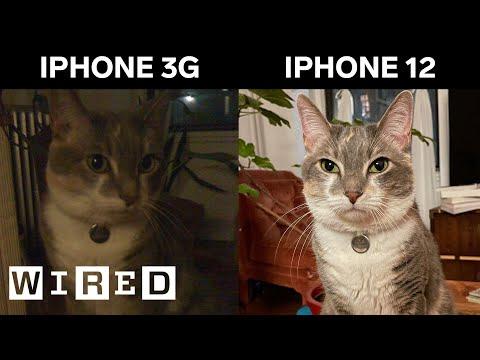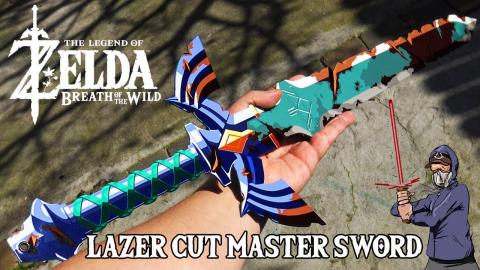Rookie Swimming Pool Filter Issues
Description
Each of the three filter types is vastly different in how they work but they all essentially do the same job. D.E. is always going to give you the best filtration with cartridge a close 2nd and sand a distant 3rd. But a sand filter makes up for that in how easy it is to maintain and operate whereas a D.E. filter can be a real pain.
D.E. Filters
Best filtration down to 3-5 microns
Uses Diatomaceous Earth (D.E.) or Perlite to coat the grids
Quad cartridge-type filter and Perflex (Bump Filters) are available
Backwashing in between cleanings is a plus
Cleaning them can be a real pain
Cities may fine you up to $10,000 for D.E. on the street
Cartridge Filters
Filter down to 10-20 microns
Easy to clean – simply take the lid off and hose them off
Bigger is better and the 4-cartridge types are my preferred version
Can’t backwash in between cleaning
Offer the largest filtration area in square feet.
Easy to maintain
Sand Filters:
Filter down to 30-40 microns
Easy to use
Backwash when PSI goes up by 10 PSI from clean PSI
No need to take apart and clean
Sand can last for years and sometimes over a decade
Can have water quality issues due to the inability to filter down to a finer micron
Preferred filter for Commercial application and dirt-prone areas
Overall I think the filter size is a bigger factor in water quality than the filtration type. Here is a good example of this from my pool route. A customer had a 25,000-gallon pool with a 36 sq ft D.E. filter on it.
So how would you get a good size comparison between the three filter types? I think you have to work off of a ballpark figure since all of them filter the water in a different way. Here is the best guess chart for you:
36 sq. ft. D.E. Filter is equal to a 200 sq. ft. Cartridge Filter and 150-200 lbs. Sand Filter
48 sq. ft. D.E. Filter is equal to 320 sq. ft. Cartridge Filter and 250-300 lbs. Sand filter
60 sq. ft. D.E. Filter is equal to 420 sq. ft. Cartridge Filter and 350-400 lbs. Sand Filter
100 sq. ft. Quad D.E. Filter is equal to a 520 sq. ft. Cartridge Filter and 450-500 lbs. Sand Filter
Since a D.E. Filter uses Diatomaceous Earth (D.E.) the filtration area is very small but highly effective. In fact, D.E. Filters can filter down to 3-5 microns making it the best filtration as far as microns go. A Cartridge Filter can filter down to just 15-20 microns and a Sand Filter down to 30-40 microns. So if you are just comparing filters by how well they filter down D.E. is the winner. If you are looking at the sheer filtration area then the Cartridge Filter is the clear winner. With filtration areas of over 500 sq. ft., nothing compares to it. But since it uses a cloth basically to filter, even though the surface area is greater it doesn’t filter as efficiently as a D.E. Filter.
For ease of use, a Sand Filter can’t be beaten. All you need to do when it gets dirty is backwash it and of course, change the sand every few years. But you don’t need to take it apart and clean it every few months, nor do you need to recharge it every time you backwash it. The sand that is in there stays in there and you couldn’t ask for an easier filter to maintain. If you are looking mainly for ease of use then a Sand Filter should be your first choice.
Each filter type has its good points and its drawbacks. There probably is no perfect choice but if you go with the largest filter for your pool based on the gallons of water, the better off you will be. The larger filter allows for a better flow rate, better overall filtration, and better water quality. Although the upfront cost may be more it will pay for itself over the years in time and fewer chemicals used to maintain your pool. Think about the time you will save with a larger filter in cleaning the filter and also the energy cost as you can run the pool less with a larger filter. And finally, with a larger filter, you will not struggle to keep the chemistry balanced and therefore will use less shock and algaecide over the years. So a larger filter is a win-win across the board.
Visit my Website: http://www.swimmingpoollearning.com/
eBook: https://www.swimmingpoollearning.com/swimming-pool-care-ebook
YouTube Video Index: http://poolmandave.blogspot.com/2014/03/swimming-pool-tips-reviews-how-to-video.html – A list of all of my videos.
Blogger: http://poolmandave.blogspot.com/
Facebook: https://www.facebook.com/swimmingpoollearning/
https://poolguycoaching.com/Twitter: https://twitter.com/Mrdgvb1
Join me on Patreon: https://www.patreon.com/poolguycoaching
Podcast: http://www.buzzsprout.com/110832
Podcast Website: https://www.thepoolguypodcastshow.com/
Coaching Site: https://poolguycoaching.com/
Shop at Leslie's: Leslie’s Pool Supplies has been a do-it-yourselfer and pool trade professionals' trusted partner since 1963, providing quality products and services to make pool care easy and solutions and expertise to do it right. http://lesliespool.com/?utm_medium=referral&utm_source=spll&utm_campaign=spll


